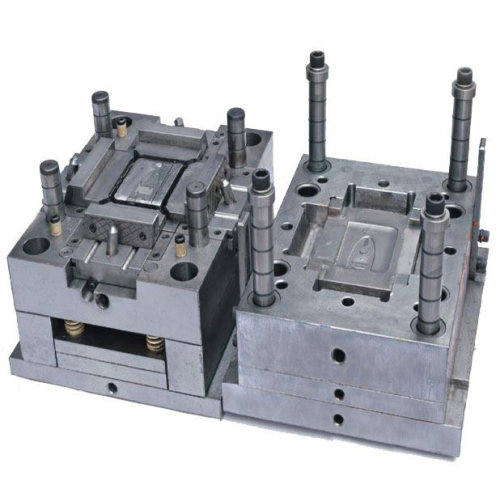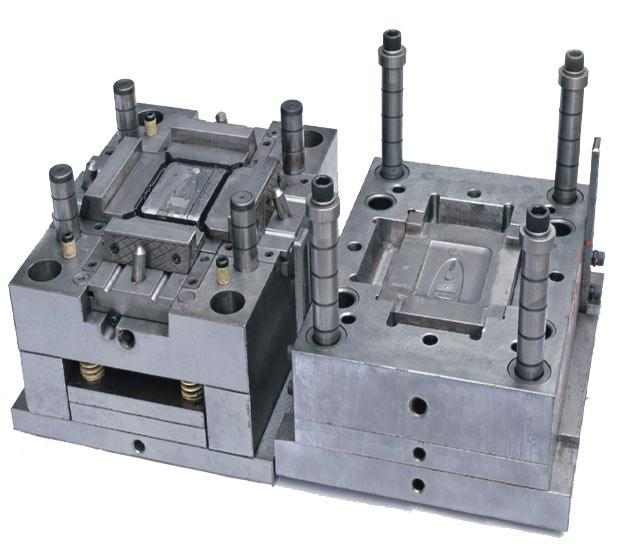



Payment Type:L/C,T/T,D/P
Incoterm:FOB,EXW
Min. Order:1 Set/Sets
Port:Zhongshan,Shenzhen,Nansha
$5000≥1Set/Sets
Model No.: Tooling
Brand: T-Balance
Place Of Origin: China
Status: New
Video Factory Inspection: Provided
Mechanical Test Report: Provided
Marketing Type: Ordinary Product
Core Component Warranty Period: 1 Year
Warranty Period: 1 Year
Out-of-warranty Service: Video Technical Support, Online Support
Applicable Industry: Manufacturing Plant
Packaging: Wooden
Productivity: 1000
Place of Origin: China
Supply Ability: 45 - 60 days
Certificate: ISO9001
Port: Zhongshan,Shenzhen,Nansha
Payment Type: L/C,T/T,D/P
Incoterm: FOB,EXW
Fan Tooling refers to the manufacturing process of creating tooling for fans, which are devices used to circulate air and create a cooling effect. Fan tooling involves the design, fabrication, and assembly of various components that make up a fan, including the blades, Motor, housing, and other necessary parts. In conclusion, fan tooling is a complex manufacturing process that involves the design, fabrication, and assembly of various components to create a functional and efficient fan. It requires expertise in engineering, design, and manufacturing to produce high-quality fans that meet the needs of consumers in various industries. We also the manufacturer of DC Swan Fan, Air Circulation Fan, tower fan, AC/DC Power Stand Fan
The process of fan tooling begins with the design phase, where engineers and designers create detailed drawings and specifications for the fan components. This includes determining the size, shape, and material of the blades, as well as the type and power of the motor. Advanced computer-aided design (CAD) software is often used to create 3D models and simulate the airflow and performance of the fan.
Once the design is finalized, the fabrication phase begins. This involves the manufacturing of the individual components of the fan, such as the blades, motor housing, and base. Fan blades are typically made of lightweight and durable materials such as aluminum or plastic, and are often shaped in a way that maximizes airflow and efficiency. The motor housing is usually made of metal or plastic and is designed to securely hold the motor and blades in place.
After the individual components are fabricated, they are assembled together to create the complete fan. This involves attaching the blades to the motor shaft, securing the motor housing, and connecting the necessary wiring and controls. The assembly process requires precision and attention to detail to ensure that all components fit together correctly and that the fan functions properly.
Once the fan is assembled, it undergoes rigorous testing to ensure its performance and safety. This includes testing the airflow, noise levels, and power consumption of the fan, as well as checking for any potential defects or malfunctions. Any necessary adjustments or modifications are made to improve the fan's performance and reliability.